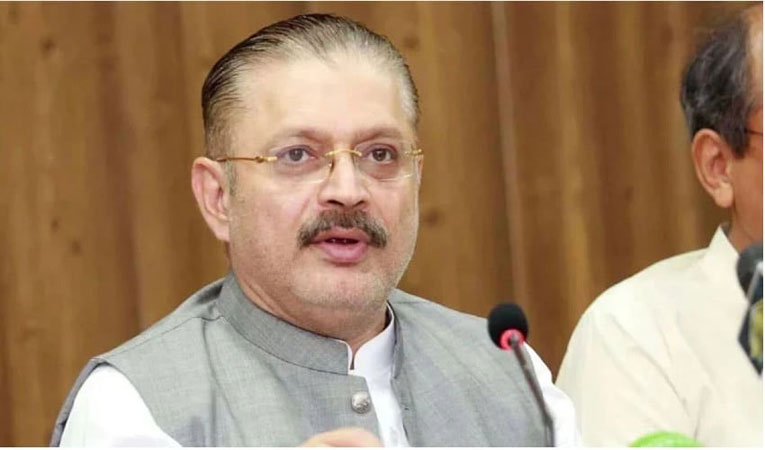Addressing the Crisis of Unsafe Buildings in Sindh
In a recent statement, Sindh’s Senior Minister Sharjeel Inam Memon highlighted the challenges faced by the provincial government in providing housing to residents living in unsafe buildings. He emphasized that limited resources and the increasing number of hazardous structures make it impossible to offer permanent housing solutions to all affected individuals. According to Memon, out of 740 unsafe buildings across Sindh, 51 are considered extremely dangerous, with only 11 evacuated so far.
During an appearance on Geo News’ “Geo Pakistan” program, Memon explained that while permanent housing is not feasible for everyone, temporary shelter could be provided to some families, similar to measures taken during natural disasters like floods and the COVID-19 pandemic. He also mentioned that the Sindh Building Control Authority (SBCA) has begun demolishing unstable buildings near the site of the recent Lyari collapse, signaling a proactive approach to addressing the issue.
Investigation into the Lyari Building Collapse
The tragic collapse of a building in Lyari, which resulted in at least 27 fatalities, has prompted the government to launch an investigation. A five-member inquiry committee has been established under the leadership of Karachi Commissioner Hassan Naqvi. The team includes officials from the local government and the SBCA, and it has been instructed to submit its findings within 48 hours. The report will aim to identify the causes of the incident and hold those responsible accountable.
Governor Sindh Kamran Tessori has also commented on the tragedy, announcing the removal of the SBCA director general. He stressed that meaningful change requires comprehensive system reforms rather than merely replacing individuals. Tessori further revealed plans to allocate 80-square-yard plots for the affected families and urged the government to cover six months’ rent while constructing homes for them in the same area.
Criticism from Industry Representatives
Despite these efforts, the Association of Builders and Developers (ABAD) has criticized the inquiry committee, calling it biased and ineffective. ABAD Chairman Hassan Bakshi argued that those responsible for the disaster should not be involved in the investigation. He called for Chief Minister Murad Ali Shah to personally lead the committee and expressed concerns over the Rs1 million compensation offered to victims, which he deemed insufficient.
Expanding the Inquiry to Other Dangerous Structures
On Monday, Local Government Minister Saeed Ghani confirmed that the inquiry committee would also assess 51 other dangerously dilapidated buildings in Karachi. He emphasized that demolitions would follow a detailed survey, aiming to prevent future tragedies similar to the one that devastated the Lyari community.
This ongoing crisis underscores the urgent need for systemic changes in building regulations and enforcement. While temporary measures provide immediate relief, long-term solutions require sustained investment, stricter oversight, and collaboration between government agencies and industry stakeholders. As the investigation continues, the focus remains on ensuring accountability, improving safety standards, and preventing further loss of life.







